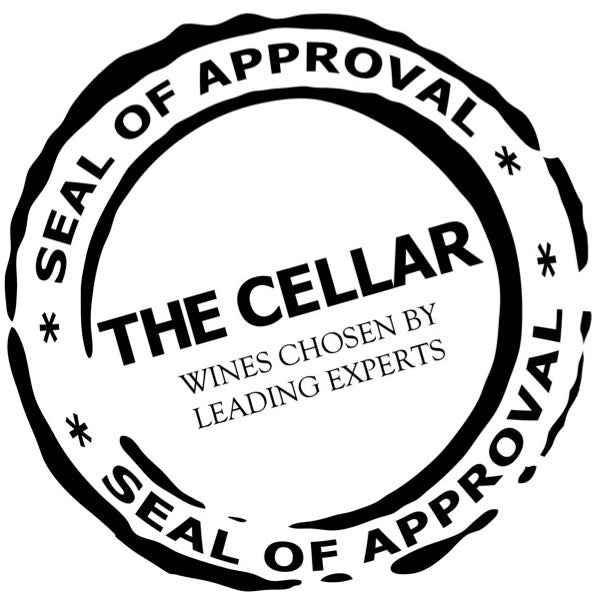Methode Traditionelle
The moment you mention sparkling wine into a conversation the word ‘Champagne’ will often soon follow. Most people will use Champagne, bubbles or fizz interchangeably. They will refer to all sparkling wines as Champagne and vice versa. It is here that they are slightly wrong. A fair proportion of sparkling wines made across the world are made in the ‘Champagne method’ though it is only the wines of Champagne, a region in the north of France, that can be called Champagne. The method used to produce the wines of Champagne is called the ‘Champagne method’ or more commonly: Methode Traditionelle.
Methode Traditionelle simply refers to wines that undergo a secondary fermentation within their bottles. All wines made anywhere in the world must go through a basic process from grape to wine – pressing of the juice and fermenting of that juice. Most wines stop at this point being sent to oak or tanks to mature, or just being sent straight to the bottling line. All sparkling wines differ in that they don’t just stop there they will all undergo a second fermentation. Tank method-produced wines undergo that second fermentation in a tank and wines produced in the Methode Traditionelle method undergo it in bottle. For ease I shall refer to these wines as bottle-fermented wines.
Once the wines destined for sparkling wines have been through their full first fermentation they will be need to be blended together. The blending process is a long and tricky part for the winemaker as they are forming a blend that will not only taste completely different in the final process but they will be fizzy. In Champagne, in particular, the usage of past vintage’s wines in the blending process will help to add depth of flavour – but most importantly will help to give the final wines the ‘house-style’ tick of approval. The resulting wine is then poured into thick-glass bottles with some extra sugar and yeast to kick-start the second fermentation.
The second fermentation is where all the magic happens, and coincidentally where all the flavour develops. At first you may think it would be the yeast that gives the flavour – you would be right but it is in fact the dead yeast cells that are important. The wines will go through their secondary fermentation in bottle using up the energy sources of the yeast, the left-over yeast cells are called ‘lees’. It is these lees that contribute all the yeasty, bready, biscuity and nutty flavours to sparkling wines.
It is a basic rule that the longer the wines spend in contact with the ‘lees’ the better. Most bottle-fermented sparkling wines will spend at least 10 months in contact with lees. Non-vintage Champagnes must spend at least 12 months in contact with the lees where vintage Champagnes must spend at least 36 months (3 years). With all sparkling wine producers it is a point of pride in how long their bottle-fermented wines have spent on lees. The longer, the better and the more flavourful and complex.
Sub-Categories of bottle-fermented wines
Many top producers like to make more than one sparkling wine – to show off their talents. They will often separate their range into the following sub-categories.
Non-Vintage (NV) sparkling wines.
A NV sparkling wine is what you classically think of. It will be made from a blend of grapes, traditionally Chardonnay, Pinot Noir and Pinot Meunier. They will usually spend about a year on lees.
Vintage sparkling wines
Vintage wines will be a blend akin to their NV blend but will have spent longer on their lees.
Rose sparkling wines
A rose sparkling wine will most likely have a blend that is very similar to the NV blend but with a touch of red wine added in to give colour. It is important to note that most sparkling wines are white and that if red grapes, like Pinot Noir, are used they don’t go through a pressing-process that gives the red colour that you would expect in actual red wines. Thus rose sparkling wines will have some red wine added into the white-base to give colour to the resulting sparkling wine.
Blanc de Blancs
This is a sparkling wine made in the same way just using solely white grapes. Traditionally this means that it is 100% Chardonnay.
Blanc de Noirs
Sparkling wines with this title will have been made solely from red grapes. Traditionally this means that it is only Pinot Noir and Pinot Meunier.
